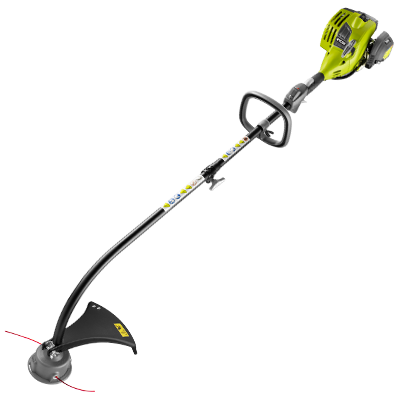Eric, at the age of 39, I certainly agree that a mechanical valve makes the most sense. A Ross procedure also makes sense if you can get a surgeon who is a master at doing it, preferably with published results indicating excellent long term outcome (like Dr. Tirone David) and if your aortic root is not dilated. In similar shoes to yours, I didn't like the idea of creating a situation where I had to worry about 2 valves, so I chose to go with a mechanical valve.
As a Cardiologist, my sense is that the top Cardiologists and Cardiac Surgeons are skeptical that only the On-X valve can safely be used with INR1.5-2 plus ASA. The problem is that there isn't any evidence that such a regimen is safe with other valves. This is a case where absence of evidence does not equal evidence of absence. It could well be that all modern bileaflet valves in the aortic position of low risk patients can safely be managed with INRs of 1.5-2.0. We just don't know. The downside of the On-X valve is that it hasn't been around as long as the others and though it's longevity so far seems good, we also just don't know what the future will hold. Also, keep in mind that only one relatively small clinical trial that was sponsored by On-X exists suggesting that an INR of 1.5-2 is safe. Good science demands that provocative findings be repeated. Of course, that almost certainly won't happen for practical reasons, but it's nevertheless reasonable to conclude that the evidence favouring a low intensity INR range for the On-X valve is not based upon the best possible evidence, so there remains some room for skepticism. While the evidence satisfied the FDA (doesn't actually take much to do that), it hasn't seemed to change the minds of those cardiac surgeons who write guidelines and speak at valve conferences.
As for your job, I think that you need to make the choice that's best for your health first, and worry about your job later. If I were you - a firefighter - my worry would be suffering head trauma while anti coagulated. That could be devastating. How often does your job result in a bonk on your noggin?
A good thing to remember is that bleeding complications on warfarin in young people are rare. Bleeding on warfarin is mostly a problem for older people. Also remember that structural bioprosthetic valve deterioration occurs earliest in young people. Accordingly, the younger you are, the more, I think, a mechanical valve makes sense.




